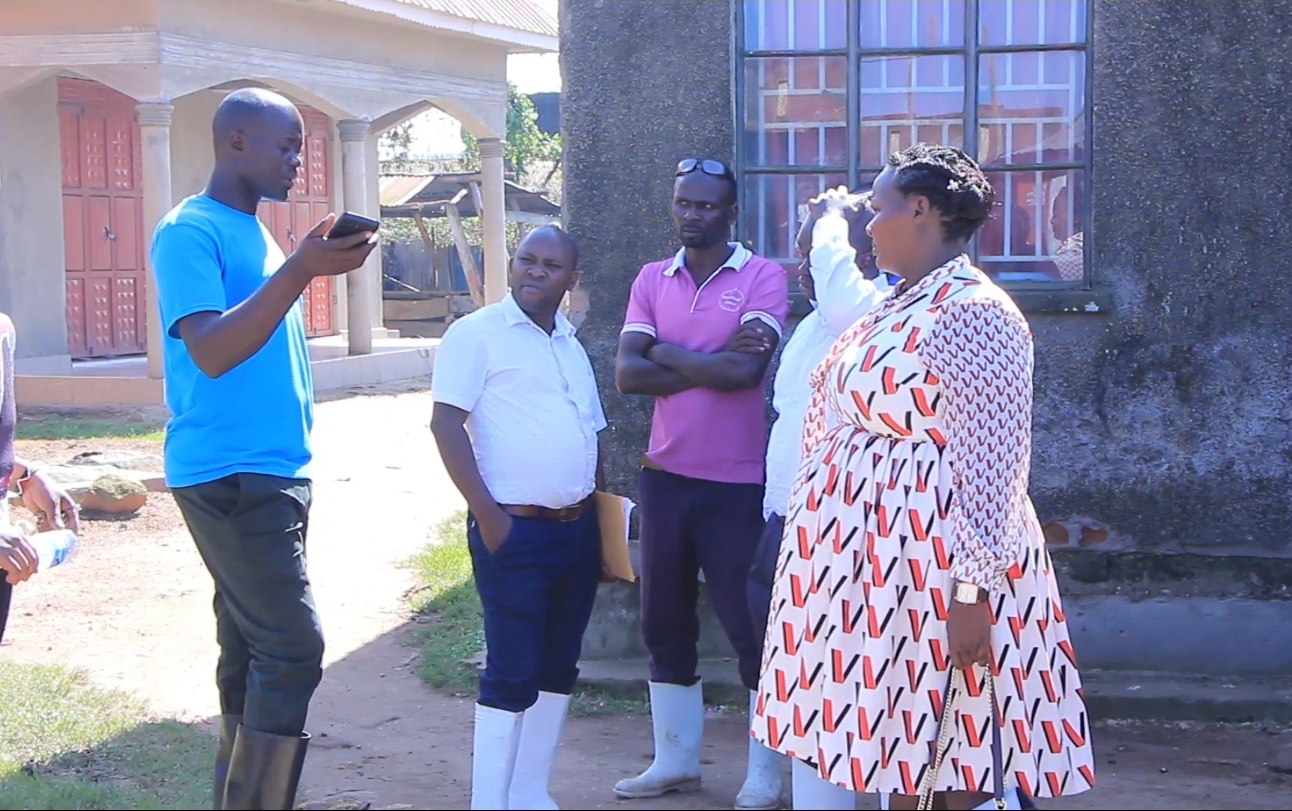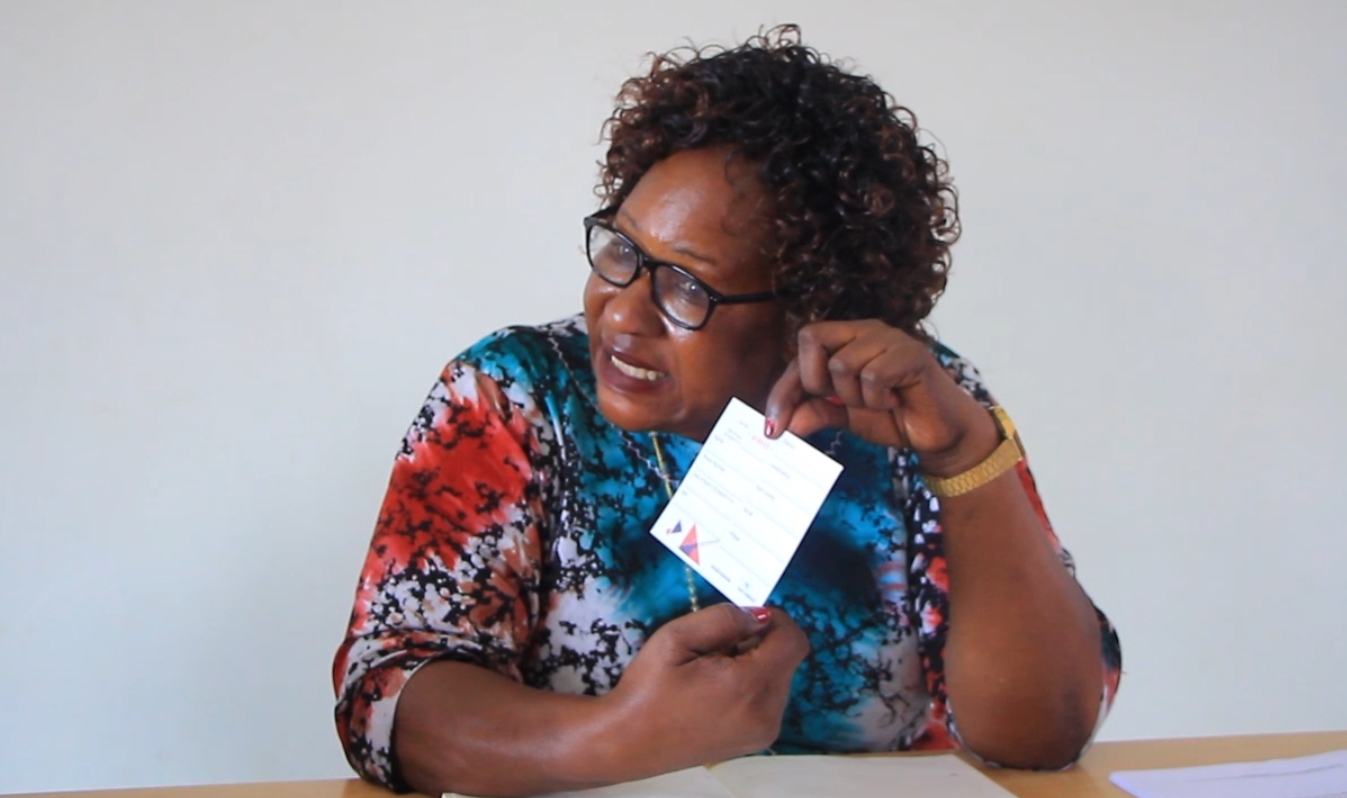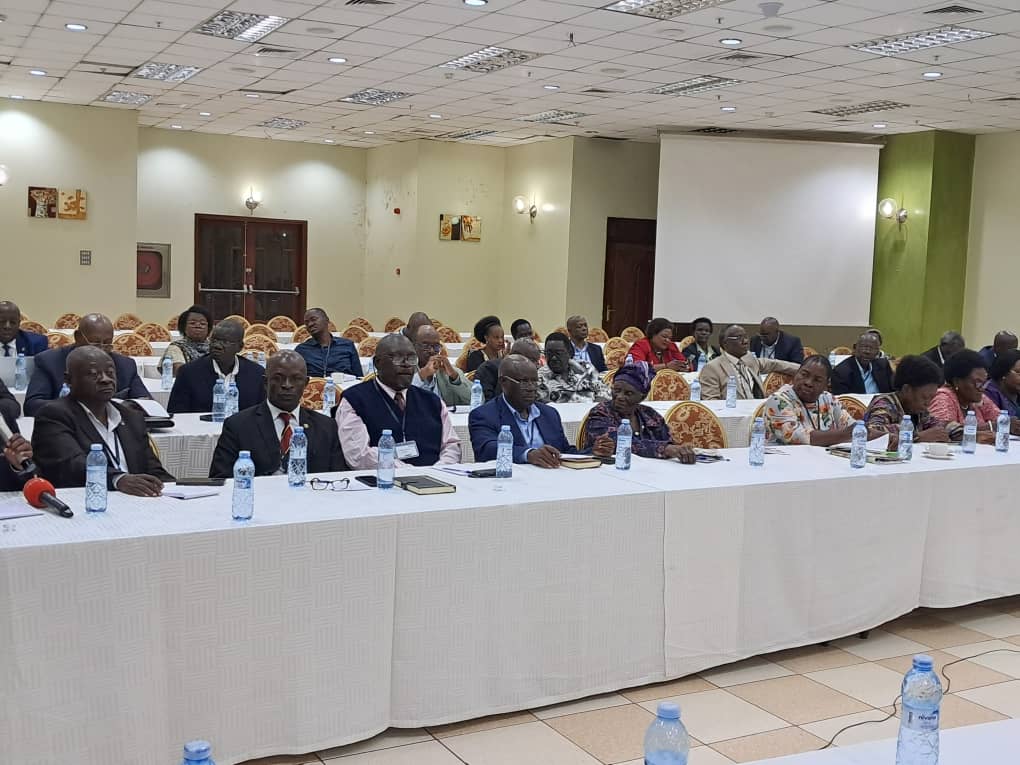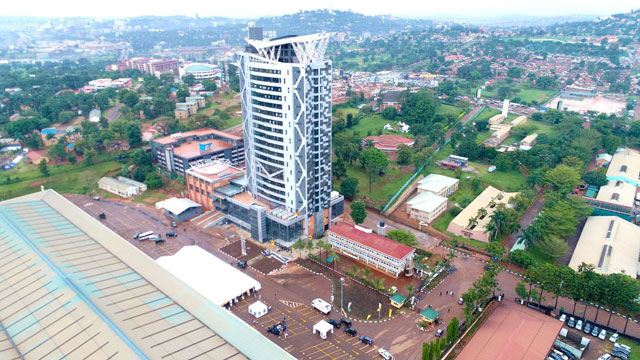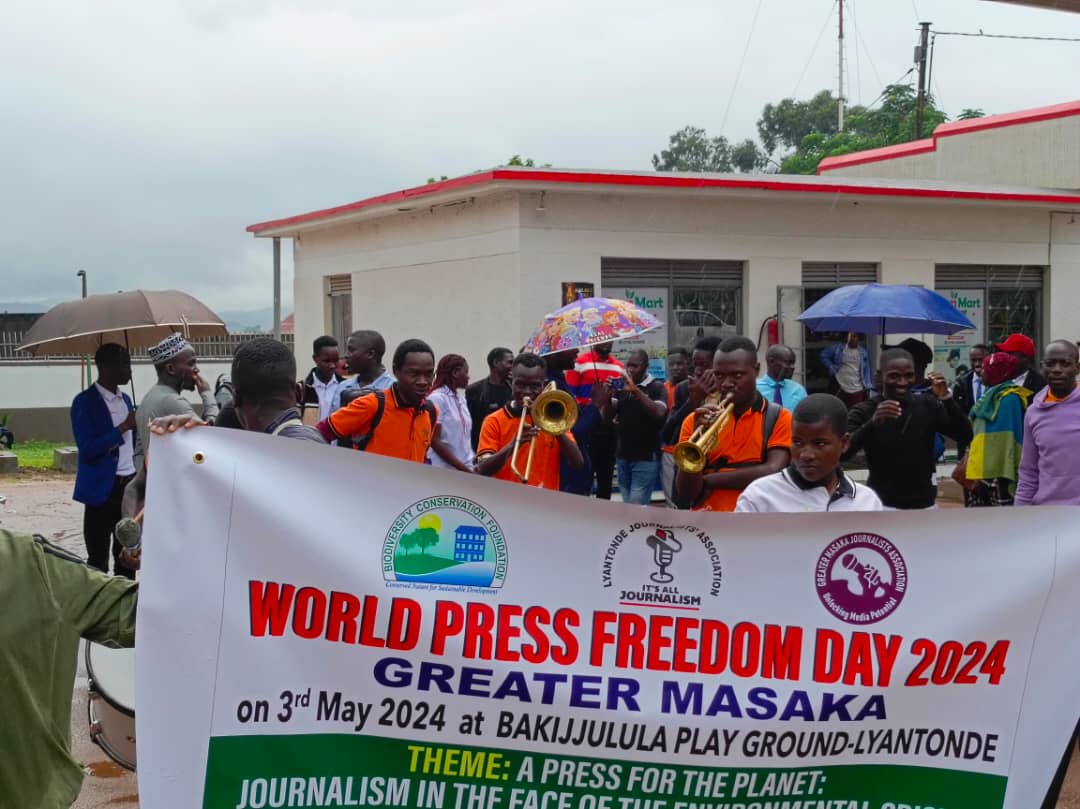Uganda improves in ICT development index
Uganda has moved up 5 places in the ICT Development Index (IDI).
Previously 158 in 2016, the improvement to 152 is indicative of the steady success the multifaceted approach being undertaken by the government and the private sector in driving the digital agenda in Uganda.
Additionally Uganda improved its ranking regionally to 20th in Africa and 2nd in the East African region respectively.
The 2017 edition of the Measuring the Information Society Report was launched during the World Telecommunication/ICT Indicators Symposium (WTIS) 2017, in Hammamet, Tunisia.
The report is published by the International Telecom Union (ITU) which is the United Nations specialised agency for information and communication technologies–ICTs.
In its 9th edition, the Measuring the Information Society Report, an annual report published by ITU since 2009, features key ICT data and benchmarking tool to measure the information society, the ICT Development Index (IDI).
The report presents a quantitative analysis of the information society and highlights new and emerging trends and measurement issues.
“This is a welcome improvement in our global ranking by the respected ITU. It’s definitely not where we want to be, but is testimony that the different initiatives that are being undertaken under the able leadership of the Ministry of ICT & National Guidance, have started to bear fruit. A continuous improvement in the rankings will guarantee the country an improvement in its GDP” said James Saaka, Executive Director of NITA-U.
The improvement in the ranking has been buttressed by the strategic rollout of ICT infrastructure by both the Private Sector and Government. Specific to government, NITA-U has successfully completed three phases of the National Backbone Infrastructure (NBI). With over 2,400km of fibre laid across Uganda, with several towns connected, these include Kampala, Entebbe and Mutukula, to mention but a few.
Additionally, extension of the NBI is planned to cover the underserved areas of the country.
This investment as Government has led to the reduction in internet bandwidth pricing from $190 per Mbps to a new pricing of $70 per Mbps for government agencies.
It is reported that the price will reduce further, in July 2018, to $50 per Mbps for Ministries, Departments & Agencies and Local Governments. (MDAs).
By the end of Financial Year 17/18, NITA-U plans to have connected 730 MDAs and Local Governments to the backbone. There are currently 321 MDAs and Local Governments (LGs) already connected to the NBI.
Commenting on the development, Permanent Secretary, the Ministry of ICT, Bagiire Vincent Waiswa, added that: “This highlights the positive headway made in our collective effort to digitize Uganda. Our aim is to continue enabling the lives of Ugandan citizens by demystifying the concept of the use of ICT through the provision of reliable and consistent online government services. I am happy to share that we shall soon, together with the Public Procurement and Disposal of Public Assets Authority (PPDA), roll out the Electronic Government Procurement that will ease & automate the government procurement process. This is a critical driver in the Ease of Doing Business Index of a country.”
As a measure to further improve government rankings, NITA-U has been piloting the MyUG concept which aims at connecting the unconnected.
The body also piloted MyUG is a free WiFI service that has been partially implemented in 216 locations.
Additionally, government will be implementing two major activities necessary for the citizens to attain the full benefit of ICT. These include:
- Government ePayment Gateway an e-Payment gateway that will facilitate electronic payments for Government services in a bid to make service delivery more efficient and responsive to the needs of the citizens and as well promote online business.
- Government System Integration which will ensure simplicity, efficiency of access to government services in a secure environment. Using a single User ID (National Identification Number), citizens will have easy access to government services.
Additionally, this will promote transparency for government as data sharing across agencies will be seamless and digitised.



